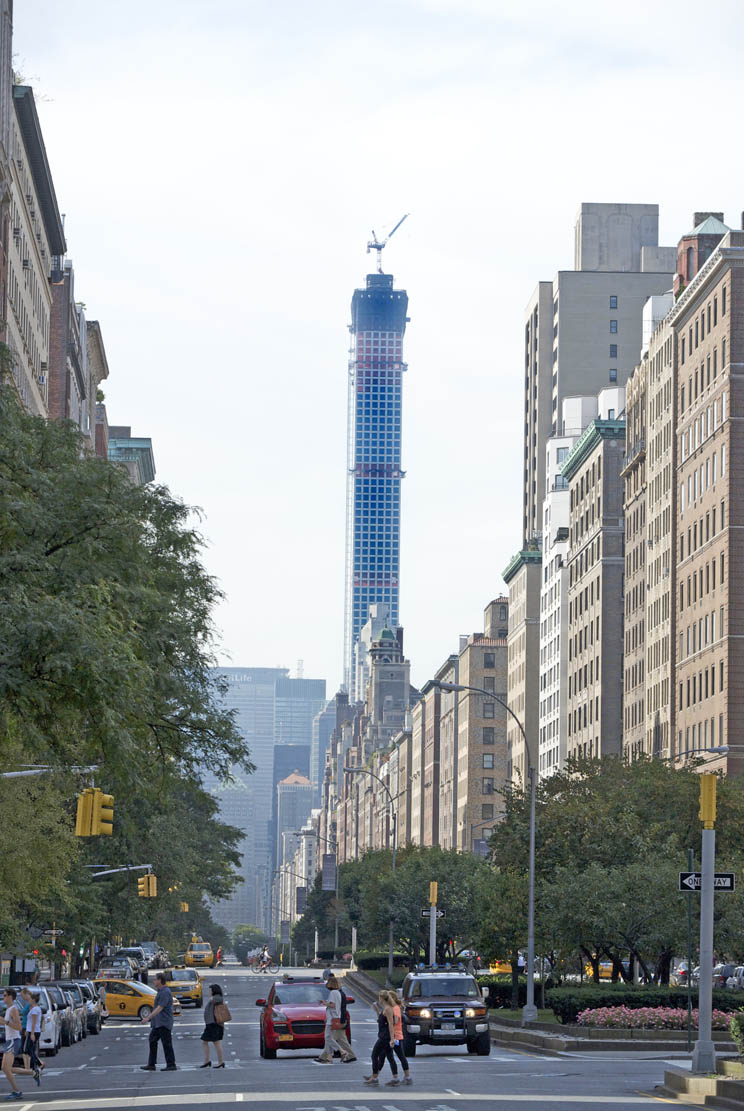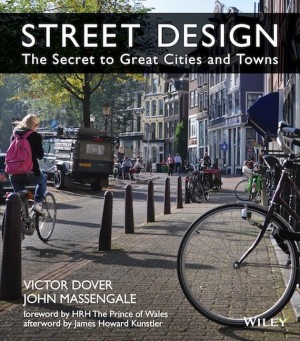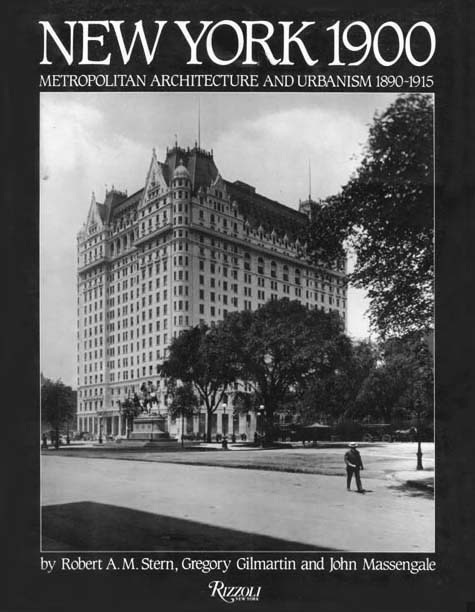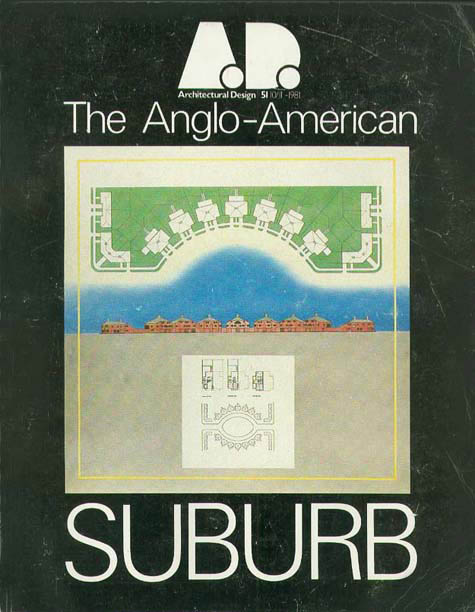UPDATE: When I first published this quick post in September 2014, for some reason it attracted comments from young architects who not only wanted to defend the building, but who saw my comments as ridiculous. In retrospect, it’s obvious that most New Yorkers, many non New Yorkers, and many architects agreed with me. Some support for that is listed at the end of the post. This month’s Architectural Record on Architecture & Money: The New Gilded Age produces more agreement, particularly in Michael Sorkin’s Too Rich, Too Skinny.
THIS IS Robber Baron 2014 Style: Conspicuous Consumption literally taken to unprecedented heights. You can see it many miles away in Queens, the Bronx, and even Brooklyn, which means millions of New Yorkers have to look at it’s graceless form every day. You get some idea of the problem here (and to a lesser degree here).
And for what? One-hundred and twenty-five apartments on 89 floors (a number that will probably go down as Russian billionaires buy multiple units to combine into large pied-a-terres on the highest floors). Most of the occupants won’t live in the building (What New Yorker would want to live completely surrounded by undistinguished midtown office towers?) and they won’t pay much in the way of local taxes, but their empty nests (called “bullion pots in the sky” in London) will forever disfigure the skyline and steal sunlight as far away as Central Park.
In New York’s first Gilded Age, the Robber Barons built towers and civic landmarks that graced the skyline and made better streets. Most of the tall buildings were corporate office towers, like the Woolworth and the Chrysler buildings, and there were a few like the wonderful New York Municipal Building by McKim, Mead & White. The Woolworth, Chrysler, and Municipal buildings contributed to one of the great skylines of the world and at the same time made streets they stood on better. Most of the towers, institutional buildings, streets, and neighborhoods that give New York its physical character come from that time.
Today’s plutocrats are the modern-day Rockefellers, Fricks, and Morgans. But unlike those men, who both took from the city and gave to it, the international 1% parking their money here today take far more than they give. They’re also helping to chase the middle class out of the city.
Last but not least, this building—the tallest building in New York*—is somehow “as of right.” Before the Bloomberg Administration waved its magic wand over air rights, the building would have been illegal. And in more reasonable times, when developers built much lower “sliver buildings,” the Giuliani administration made those illegal. We understand that Mayor de Blasio doesn’t want to offend the controllers of the largest SuperPAC in New York (the Real Estate Board of New York), but this is a part of the Tale of Two Cities that led so many of us to vote for de Blasio.
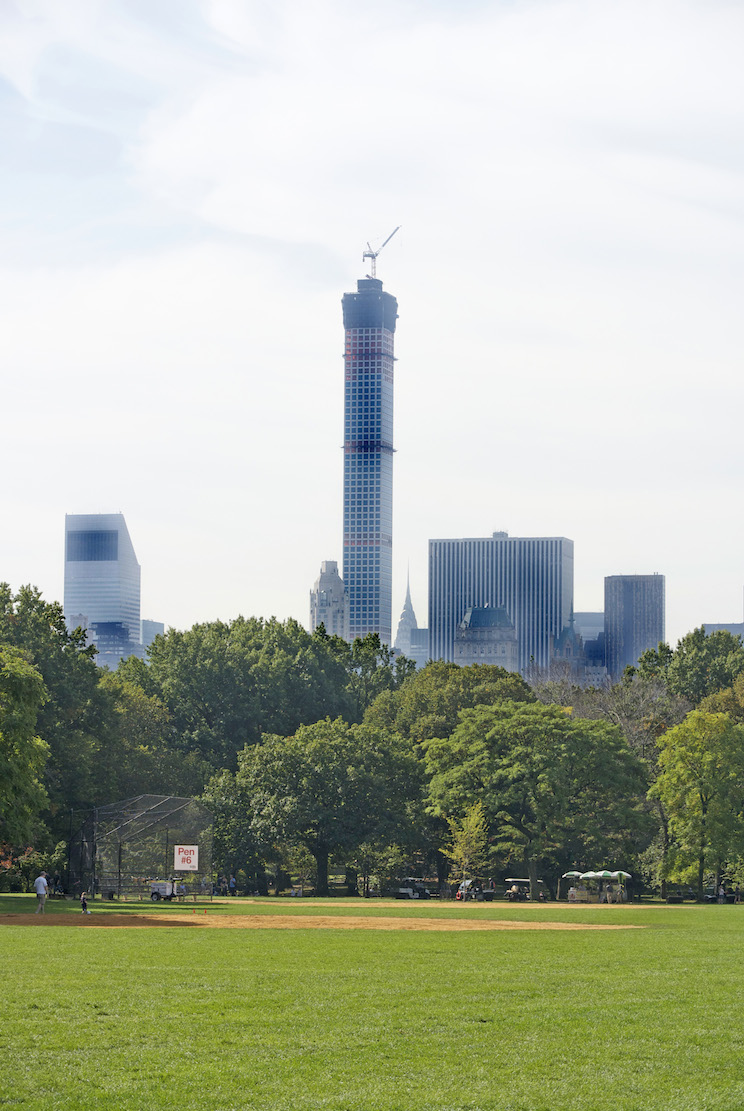
* The antenna at the Freedom Tower makes it “taller” than 432 Park Avenue, but the top floor at the Freedom Tower is lower than the highest floor at 432 Park Avenue. As far as I know, this is the first time in the 390-year history of New York that our tallest building has been residential.
PS: Here is the building that was torn down for 432 Park. As an urban building, a building that contributes to the street and the “space between the buildings” where public life takes place, it is infinitely superior. Big development, just like Big Finance, Big Pharma, and Big Agriculture, is diminishing our future for the short term gain of the richest of the rich.
 PPS: In The Happy City, Charles Montgomery shows that the people who live very far from the ground are less happy than those in the lower floors of the same buildings, where they are more in touch with their fellow human beings. We are social beings. We might want to visit the clouds now and then, but many of us are not happy living there.
PPS: In The Happy City, Charles Montgomery shows that the people who live very far from the ground are less happy than those in the lower floors of the same buildings, where they are more in touch with their fellow human beings. We are social beings. We might want to visit the clouds now and then, but many of us are not happy living there.
PPPS: Duo Dickinson agrees (succinctly): http://savedbydesign.wordpress.com/2014/11/03/irony/
PPPPS: “Gotham’s fickle finger of real estate wealth signaling the next Gilded Age? A giant upraised baton cuing us all to a symphony of conspicuous consumption…?” Francis X. Clines. The New York Times, Jan. 1, 2015
PPPPPS: “Stream of Foreign Wealth Flows to Elite New York Real Estate,” Louise Story and Stephanie Saul, The New York Times, February 7, 2015. Investigative reporting of the type that only a great paper can do.
